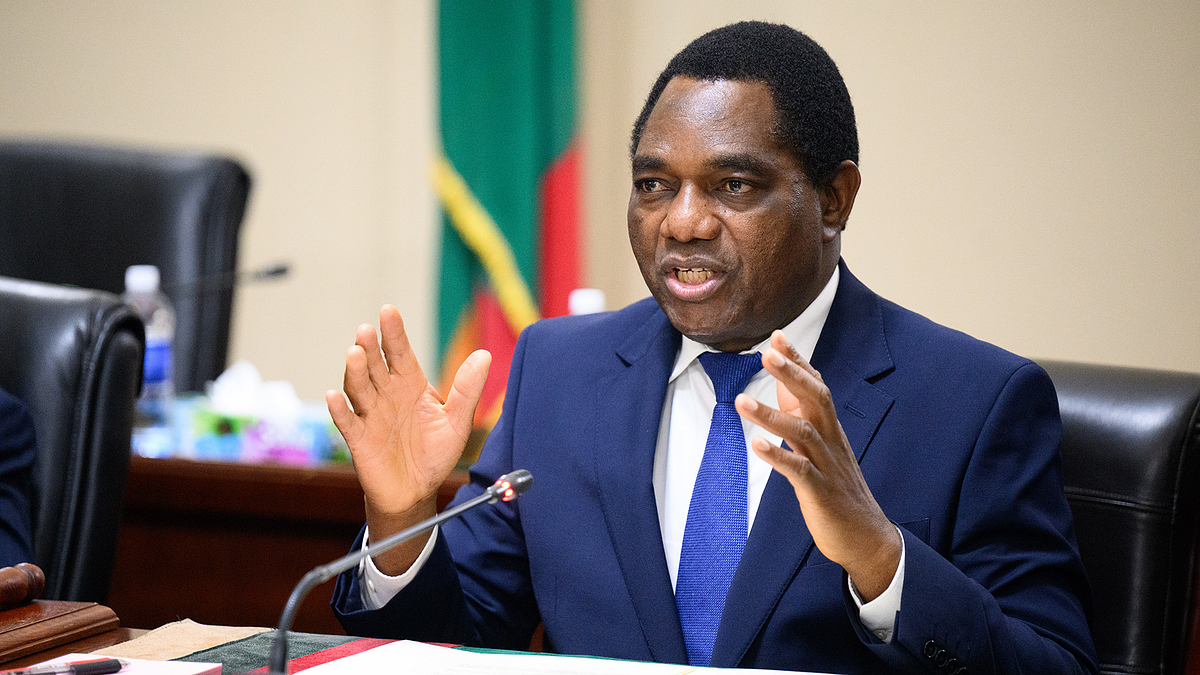Zambia’s debt situation has been significantly influenced by its interactions with the International Monetary Fund (IMF) and other international financial institutions.
Debt Accumulation and Economic Challenges
Zambia’s debt issues began to escalate after 2012, following advice from the IMF, World Bank, and regional financial institutions to borrow for infrastructure projects.
These projects included building bridges, highways, and hospitals, which were expected to generate revenue and socioeconomic benefits. However, the anticipated returns did not materialize as quickly as needed to meet the repayment schedules.
Additionally, the global price of copper, a major export for Zambia, did not reach the projected highs, further straining the country’s ability to service its debt.
The situation was exacerbated by the COVID-19 pandemic and ongoing climate crises, which severely disrupted trade and economic stability.
Debt Servicing and Fiscal Imbalances
By 2021, Zambia’s debt servicing obligations had grown to consume a significant portion of its national budget, surpassing allocations for essential sectors such as education, health, water, and sanitation. Between 2018 and 2021, debt repayments increased from 20% to 38% of the national budget, indicating a shrinking fiscal space and reduced capacity to fund critical public services. Default and IMF Intervention
In November 2020, Zambia defaulted on its foreign debt, becoming the first African country to do so during the COVID-19 pandemic. Subsequently, Zambia secured a $1.3 billion loan from the IMF, which came with stringent conditions.
These conditions included implementing austerity measures such as eliminating fuel subsidies, cutting electricity subsidies, raising tariffs, and expanding value-added tax to more goods.
Debt Restructuring
Zambia’s debt restructuring efforts culminated in a $6.3 billion agreement with its creditors in June 2023. This deal, which involved rescheduling debt over more than 20 years with a three-year grace period, was crucial for Zambia’s economic recovery. The agreement unlocked the disbursement of $188 million from the IMF, part of the broader $1.3 billion bailout. The restructuring was essential to provide Zambia with the financial resources needed to revive its economy and reduce its debt burden.
Ongoing Debt Distress
Despite these efforts, Zambia remains in debt distress. The country continues to face significant financing risks and remains shut out from international capital markets. The IMF’s Debt Sustainability Analysis indicated that without a comprehensive debt treatment in line with program parameters, Zambia’s debt would remain unsustainable.


